How to Prevent WordPress File Upload Vulnerabilities
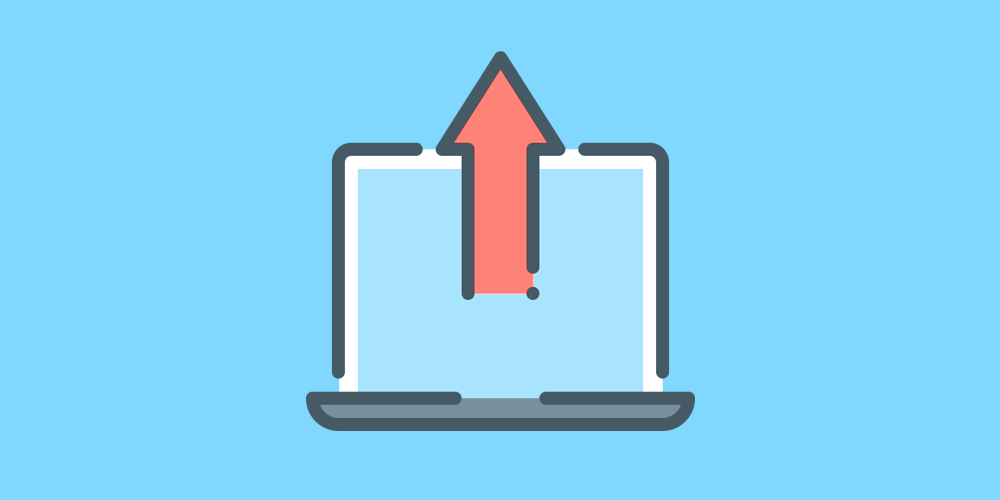
Even the smallest of vulnerabilities on your WordPress site can be easily exploited by hackers and used to hijack your entire website. This can cause severe damage through the actions of stealing data, sending spam, or even defacing pages. That’s also not to mention that you risk having your site blacklisted by Google if it’s determined your site is badly compromised.
This is why keeping your site clear of hackers and preventing any file upload vulnerabilities should be at the forefront of your mind. Take measures such as checking if your site is compromised in order to improve the overall security on your site.
In this article, we’ll dive into some of the top tips on how to prevent a file upload vulnerability on your WordPress site security even more.
Table of contents
What is a File Upload Vulnerability?
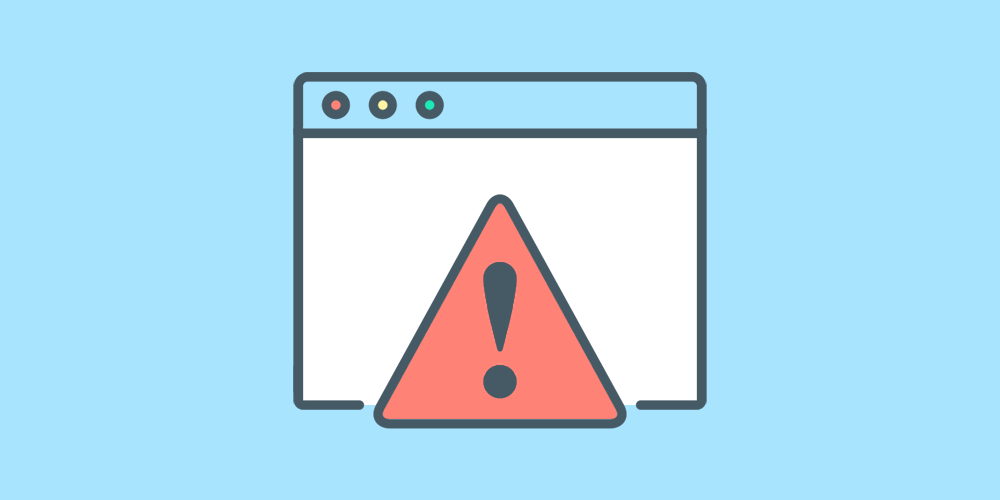
File upload vulnerabilities as a whole are one of the most common security risks that WordPress sites face today.
The primary forms of upload vulnerabilities are local and remote. Local vulnerabilities are where an application has a security vulnerability that allows users with bad intentions to upload and execute malicious files. Meanwhile, remote vulnerabilities are when the user input of an application is used to fetch remote files from the internet and then have that file stored locally.
An example of a local file upload vulnerability would be the recent Contact Form 7 Vulnerability, which was discovered late in 2020. Contact 7 is a very popular WordPress plugin that gives users the ability to add several different contact forms into one site or blog.
However, a local file upload vulnerability was discovered that hackers could upload malicious files in the 5.3.1 and any older versions of Form 7, assuming that the plugin had the file upload enabled. Fortunately, any WordPress sites running the latest version are (so far) protected from the From 7 vulnerability).
An example of a remote file upload vulnerability was the TimThumb vulnerability, which presented a major problem from 2011 to 2014. TimThumb is a PHP script that was commonly used for resizing images on WordPress sites. The vulnerability allowed cybercriminals to upload PHP files to websites or blogs using the plugin, which then permitted them to create thumbnails on sites. Each time that the thumbnail file was requested, the malicious PHP code could be executed.
Both local and remote file upload vulnerabilities are a major threat to your site because they can give hackers the ability to upload malware, take over your blog or site, upload spam, or completely deface your website as well. Not only can these kinds of attacks ruin your business reputation, they can cause immense financial damage as well. When you consider that the average cost of a cyberattack against a small-to-medium business is over $2.35 million, it shouldn’t take much more convincing to take action to prevent cybersecurity threats such as remote or local file uploading vulnerabilities.
3 Steps to Protect Your Site
With that in mind, here are three things you can do to prevent file uploading vulnerabilities to more effectively protect your site.
1. Always Run the Latest Version of WordPress
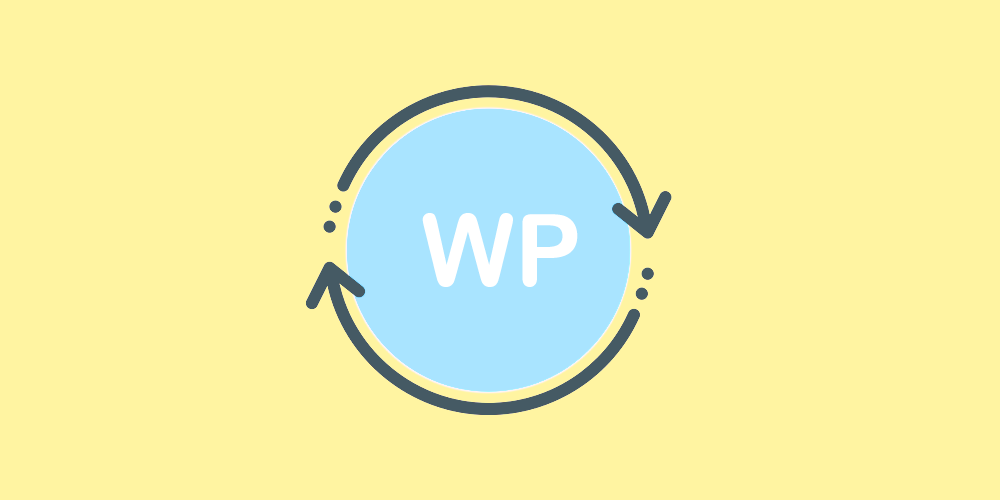
One of the biggest reasons site owners experience problems with hackers or general cyberattacks is because they are running an older version of WordPress. By updating your WordPress to the latest version whenever possible, you can make it much more difficult for hackers to penetrate your site.
Keeping your WordPress site up to date is a great general rule of thumb for improving all aspects of your site, such as speed. An extra second of load time, for example, can cause a decrease of 7% in conversions, 11% in page views, and 16% in customer satisfaction.
In truth, not updating your WordPress site to the latest version is only going to hurt your chances of being successful and preventing cyberattacks.
Every time a new WordPress update is released, holes are patched and overall security is improved. Running an older version of WordPress, though, means that you are running a version that hackers have become accustomed to.
Cyberattacks are able to happen because those responsible for them take the time to probe sites for weaknesses. Unfortunately, not all of those weaknesses are due to the plugins you have installed on your site. Some of those weaknesses are completely out of your control, which is why WordPress constantly comes out with new versions. These versions account for those weaknesses that are out of your control and patch them so that you don’t need to worry about the integrity of your site.
2. Update Plugins and Themes
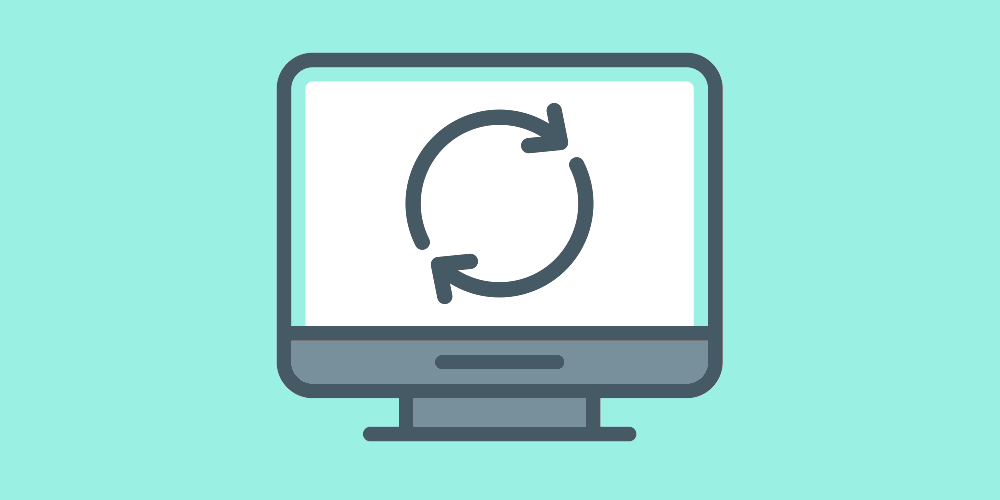
As with updating WordPress to the latest version, you’re going to want to ensure that any plugins or themes are updated as well. Outdated plugins can often be used as a method for local file upload vulnerabilities. This is especially true for contact forms, comments, and other plugins that allow for frontend submissions..
Plugin and theme developers spend a large amount of time probing their own work to determine if there are security concerns. And should they find one, they will patch the issue with an update. By keeping all plugins and themes associated with your site secure, you can significantly reduce the risk of file upload vulnerabilities.
In a study of the 1,386 most popular WordPress plugins, it was found that 104 received updates less than a week before the study, and 244 received updates less than a month before. Developers are always striving to improve their plugins, so take advantage of these updates.
An added action you can take beyond just updating the existing plugins and themes on your site is checking audit logs to see who has accessed your site. If you notice a security breach, doing this is one of the most effective strategies to help you identify which plugins a hacker is targeting in order to secure your site further. From there, you can either delete the plugin entirely or see if there is an update that can rectify the problem before it becomes worse.
As for themes, updating them can protect your overall security as well. An added benefit is that you don’t even need to worry about losing customization with an update for most themes. One of the easiest and yet most effective ways to protect your site from hackers is to simply keep all aspects of your site as updated as possible.
3. Install a Top WordPress Security Plugin
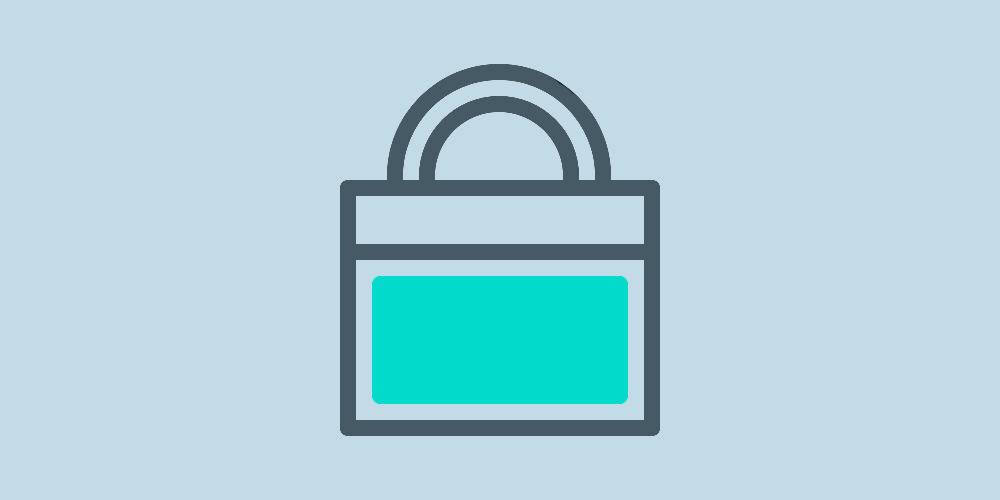
Plugins are a particular area of vulnerability for WordPress sites. Did you know that one of every hundred websites are most likely infected with malware in any given week? A major reason for this is because of the lack of secure plugins.
WordPress security plugins act as a firewall that protect the other plugins on your website and prevent the chances of a data breach. For example, WordFence which includes a built-in firewall to stop malicious traffic from reaching your site. There may be a number of potential vulnerabilities in the plugins you use, but if hackers can’t get through the security barrier, they will never be able to exploit those holes.
Some plugins offer benefits such as scanners or cleaners that can detect and prevent issues before they become serious. One great example is MalCare (affiliate link), which offers a powerful site scanner that won’t slow down your site. These kinds of security plugins completely automate the scanning and cleaning process.
So you can sit back and focus on running your site, rather than spending your time being worried about hackers. Also be sure to add plugins for mobile devices you use to help run your WordPress site. This is highly overlooked by many novice site owners in particular. A new mobile device attack is launched every 39 seconds, which highlights the urgency for keeping any personal or business mobile devices you use protected as well.
For both desktop and mobile, just take note to be careful not to install low quality, outdated plugins or ones with duplicate functionality. For example multiple SEO plugins could do far more harm than good. This is because each time you have a new plugin, you’re sending new database queries and HTTPS requests, which could affect your site’s speed and performance. Therefore be very selective about which specific plugins you choose to download. Make sure that each new plugin solves a specific problem that an existing plugin you have does not.
WordPress sites are fairly secure as it is, but a security plugin can be the added buffer you need to take that security to the next level. After all, there’s no such thing as too much security, so long as it doesn’t impact the performance and user experience of your website. Most notably, file upload plugins are particularly weak, but a strong security plugin can make up for this flaw before the problem can be exploited.
Conclusion
There will always be hackers on the Internet. Cyberattacks are something that will forever need to be countered, but keeping your WordPress site up to date can reduce these attacks.
Fortunately, you can improve security on certain aspects of your site, such as adding WooCommerce plugins that can secure the payment systems your site runs. File uploads are a particular source of vulnerability, but using the above tips can patch some of the potential holes.

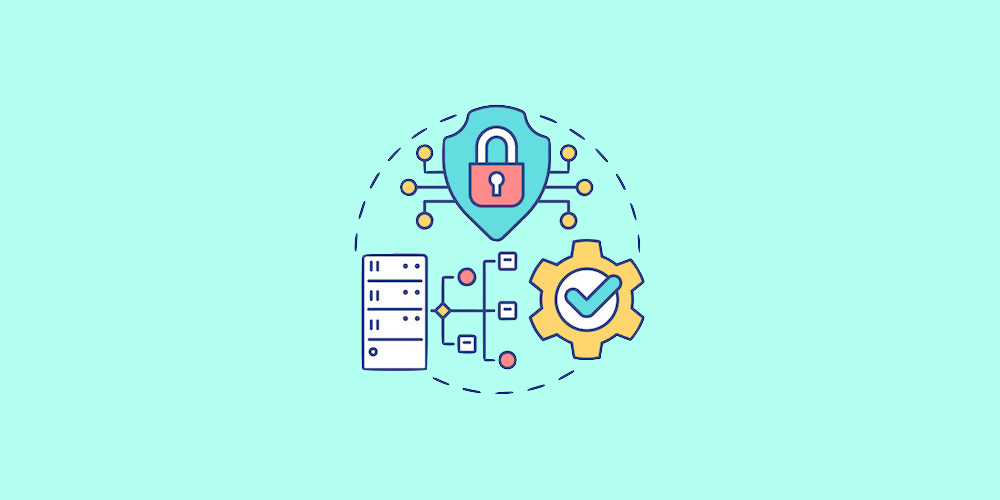
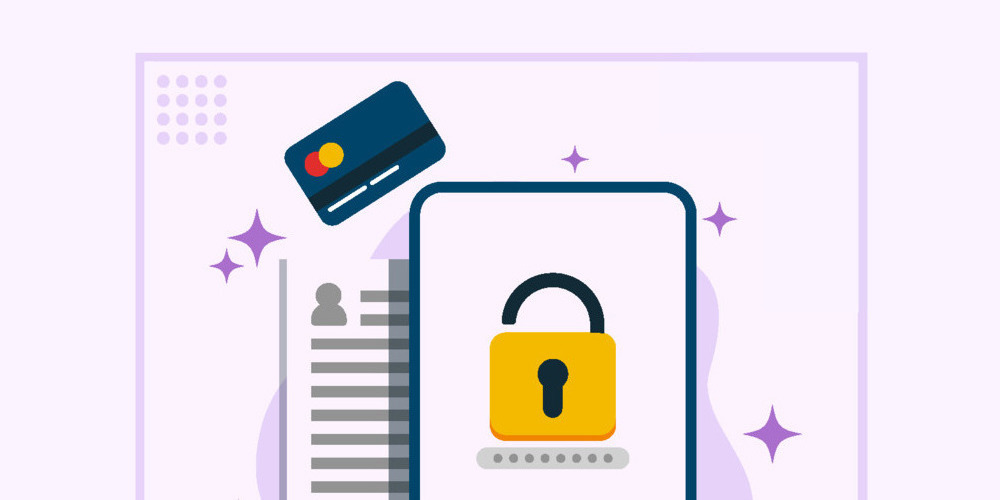
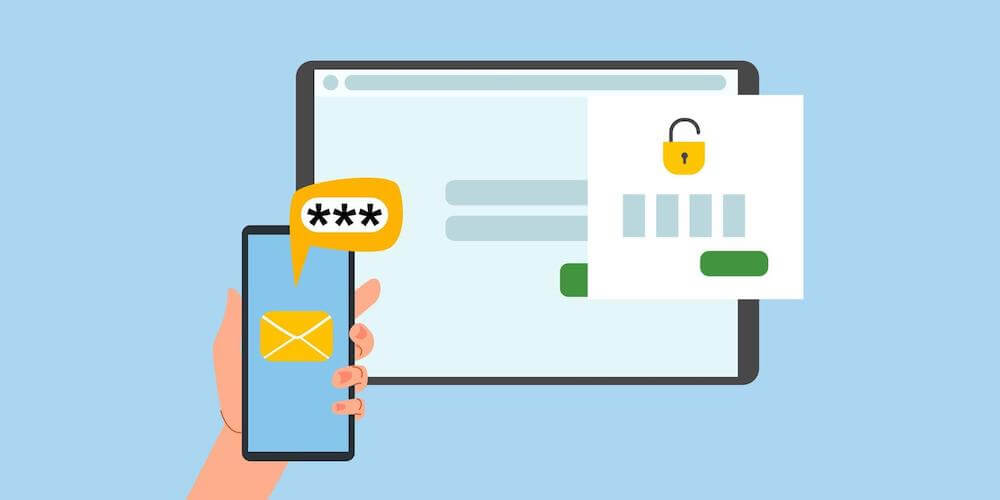
Thanks for this helpful article Nahla! From the security plugins you mentioned above, I have tried Wordfence. Their support team was is very friendly and given me all the advice to fully protect my site.
Congratulations on the helpful article Nahla! I will be installing one of the best WordPress security plugins now!
Hi Nahla! This is an amazing article, I will follow your instruction and apply on my website.
Thanks for sharing.
Hi, great articles
Yes, it worth to install full/pro version of the best security plugin especialy for the (small) business owner who coming from non IT field.
Great info on vulnerabilities. I like your articles. Thanks for your sharing this.